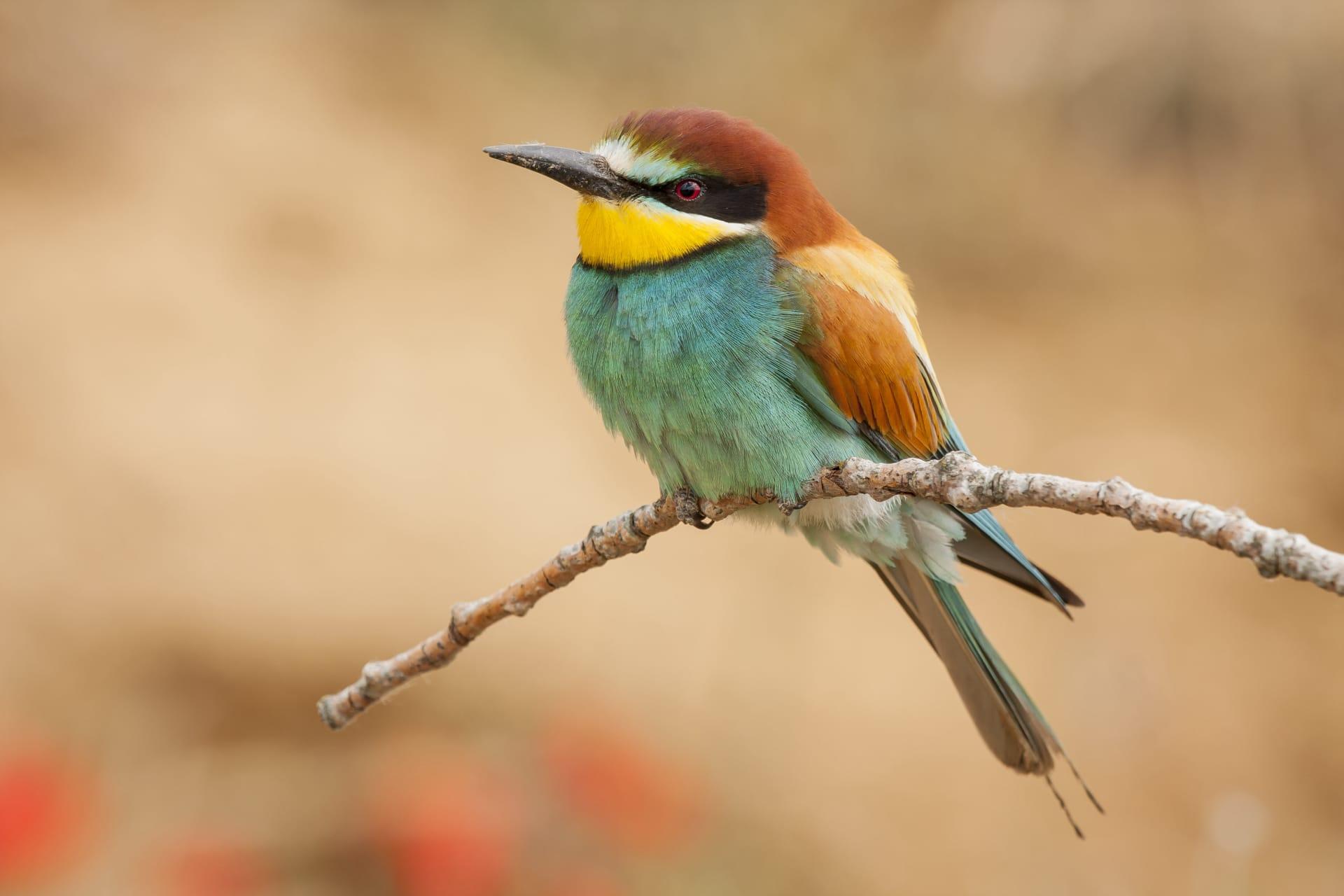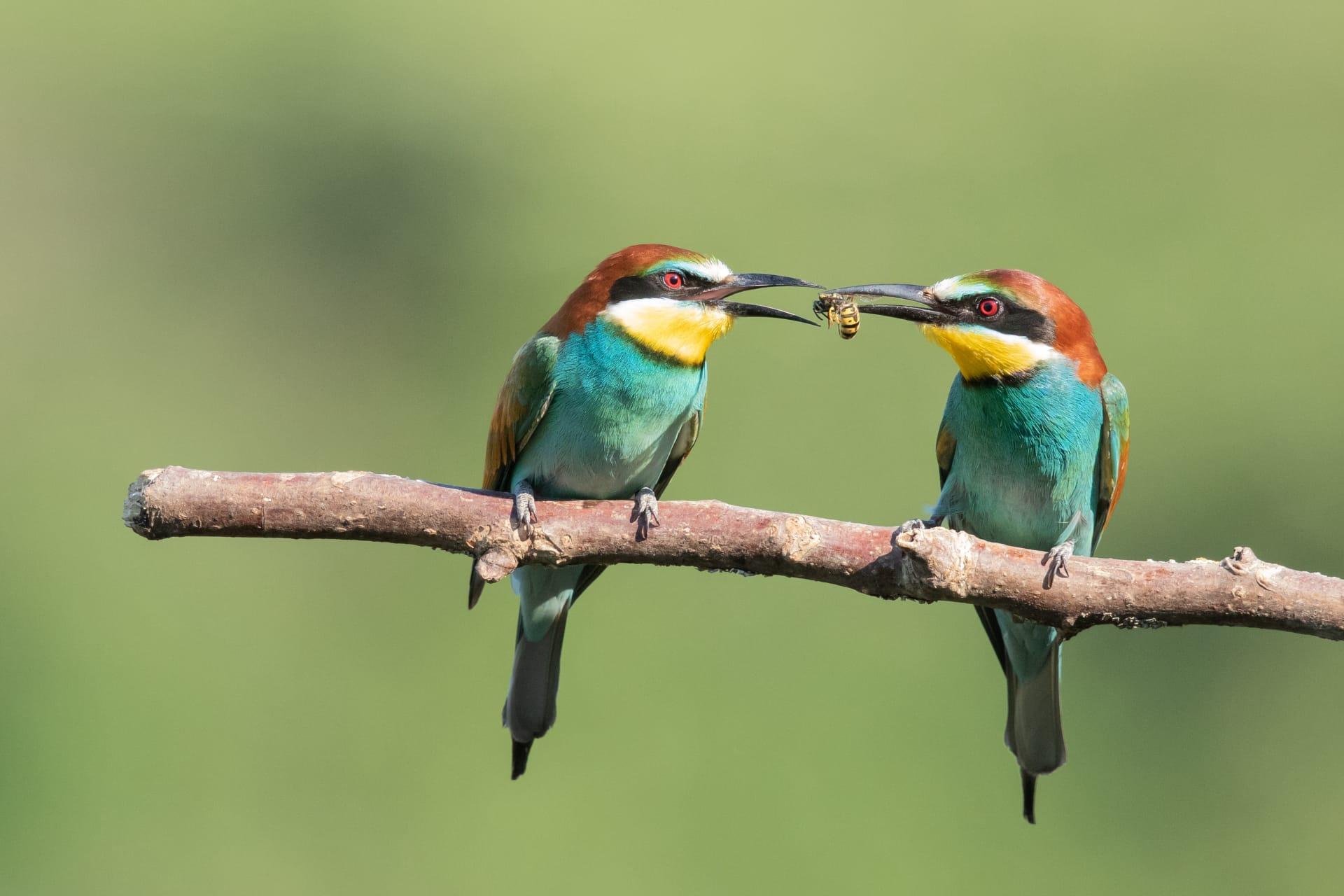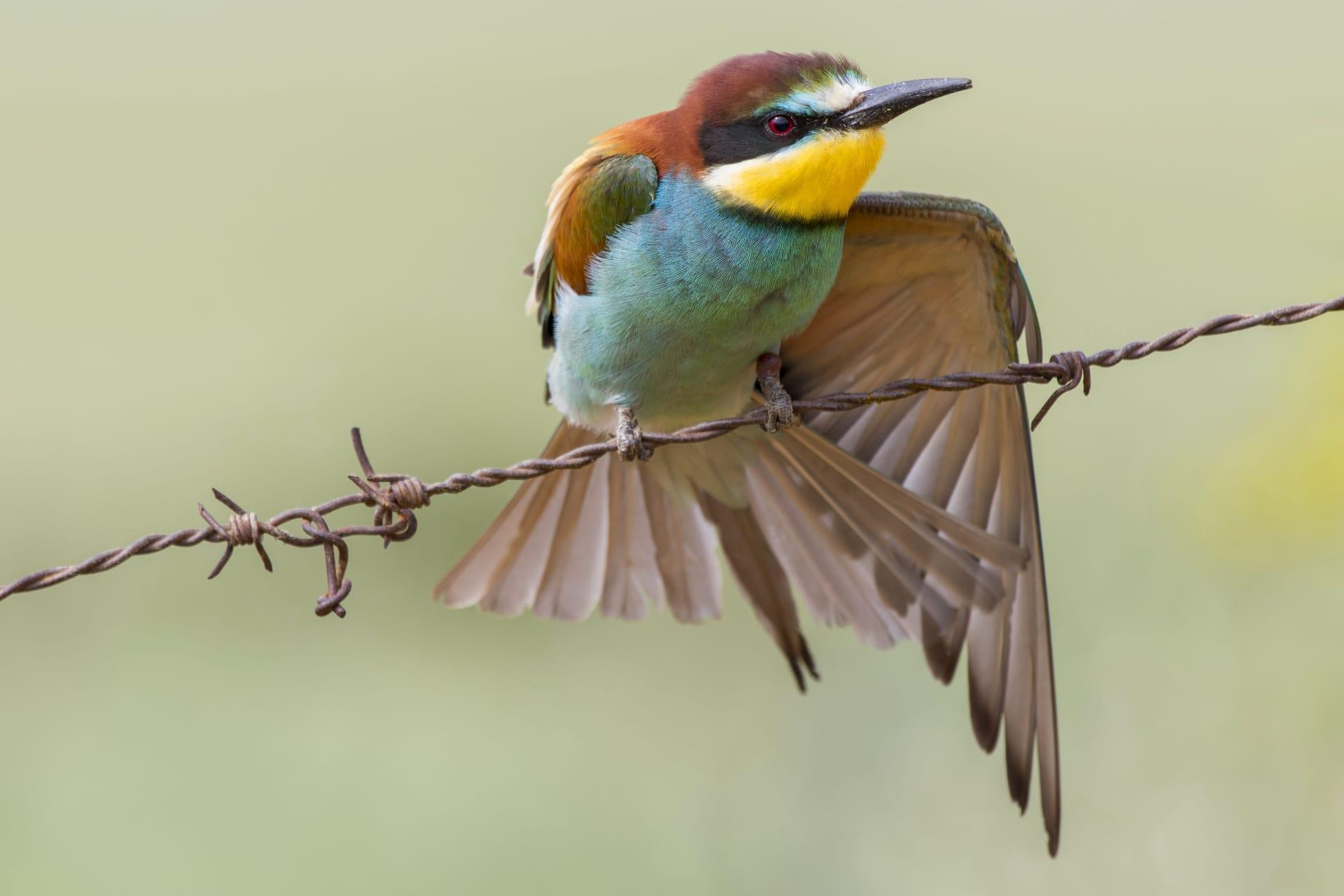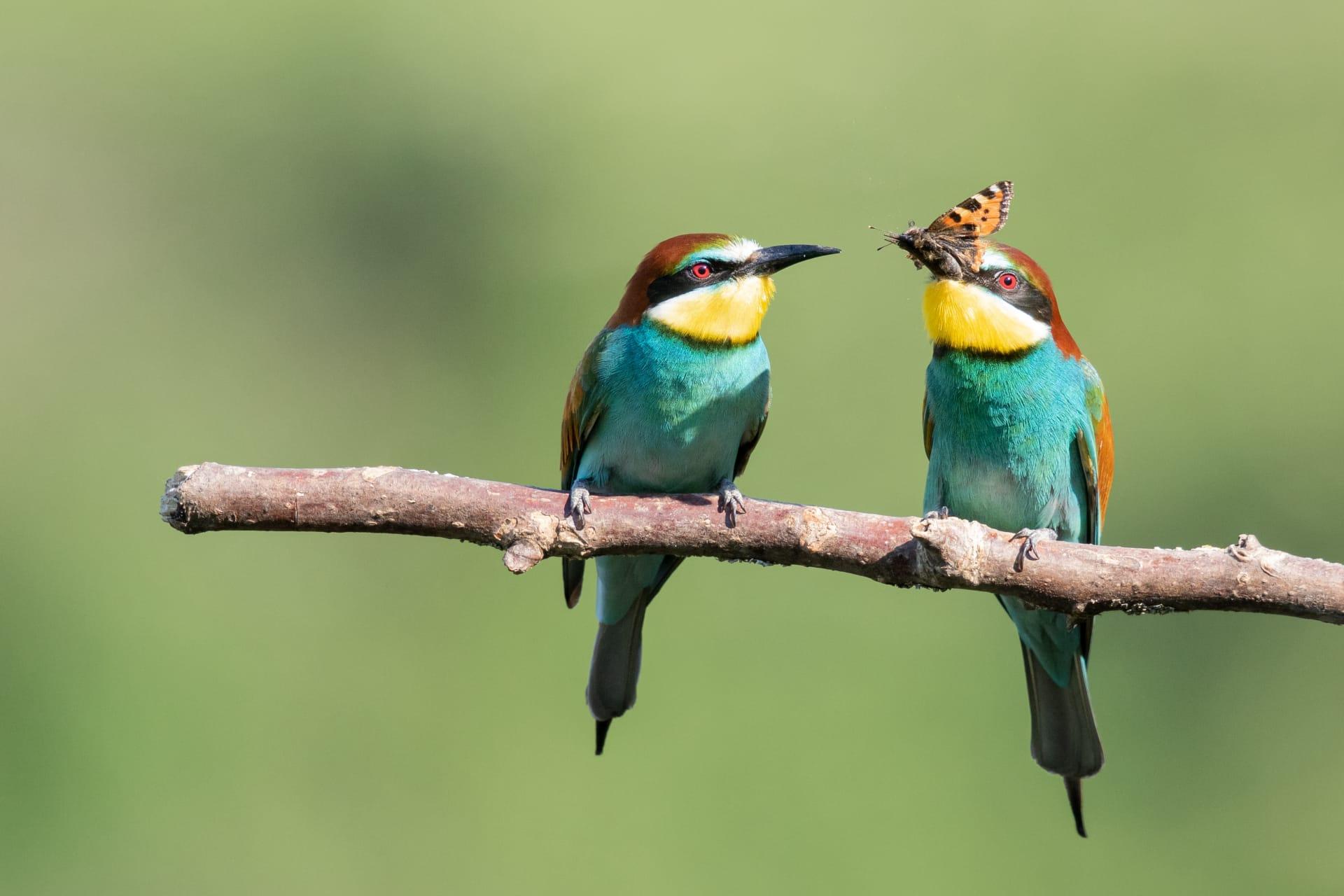Roller
- Home /
- Mini Encyclopedia /
- Animal /
- Roller
1
Rollers, known for their breathtaking aerobatic displays, belong to the family Coraciidae, which is part of the order Coraciiformes. This family comprises approximately 12 species. The most commonly recognized among them is the European Roller, scientifically named Coracias garrulus. These birds are characterized by their robust bodies, strong, hooked beaks, and remarkably colorful plumage, which often displays shades of blue, green, and brown.
The distribution of rollers is quite extensive, covering a variety of geographical landscapes. They are primarily found in the warmer climates of Europe, Asia, and Africa. The European Roller, for instance, breeds in a wide range across Europe and western Asia and migrates to Africa during the winter. Their habitats vary from open woodland to grasslands, often favoring areas near water. It's interesting to note that the distribution patterns of these birds are closely linked to the availability of suitable nesting sites, such as tree holes or abandoned burrows, and their presence in a region is a good indicator of a healthy ecosystem.

2
Question: Do rollers eat fruits and seeds like many other colorful birds?
Answer: Contrary to common belief, rollers are not frugivorous. Their diet predominantly consists of insects, small mammals, and occasionally reptiles. They are adept hunters, often seen perched on high vantage points, from where they swoop down on their prey. During the breeding season, their diet shifts slightly to include more insects, as these are a rich source of protein, essential for the growth of their chicks. This misconception about their diet probably stems from their vibrant plumage, which is often associated with fruit-eating bird species.

3
Rollers have adapted several intriguing survival strategies. One key aspect is their nesting behavior. They typically nest in cavities, either in trees or in cliffs, which offers protection against many predators. These birds are also known for their territorial nature, often engaging in fierce aerial battles to defend their nesting sites. Another survival tactic is their migratory behavior. Species like the European Roller travel thousands of kilometers between their breeding and wintering grounds, a journey that helps them exploit different ecosystems and food resources throughout the year. This migratory pattern also plays a crucial role in their reproductive success, as it allows them to breed in areas with abundant food and less competition.
Their striking aerobatic displays, a signature trait of rollers, are not just for show. These maneuvers are used in territorial disputes, to attract mates, and sometimes to ward off predators. The vibrant colors of their plumage also play a role in communication, especially during mating rituals, where visual signals are as important as vocal ones.

4
In the ecosystem, rollers play a significant role as both predator and prey. As predators, they help control the population of insects and small vertebrates, maintaining a balance in the food chain. Their hunting strategies and choice of prey also impact the distribution and behavior of smaller creatures in their habitat.
As prey, rollers are an important part of the diet for larger birds of prey and some mammals. Their presence in an ecosystem indicates a healthy balance of predators and prey. Additionally, their migratory patterns contribute to the ecological dynamics of different regions, as they link ecosystems across continents. Rollers also contribute to seed dispersal and pollination indirectly through their feeding habits, as their movements can aid in the distribution of plant materials.

5
Film: "Winged Migrants" is a notable documentary released in France in 2001. It offers a breathtaking glimpse into the migratory patterns of various bird species, including the European Roller. The film beautifully captures the challenges and wonders of migration, showcasing the resilience and adaptability of these birds in diverse environments.
Book: "Birds of Europe" by Lars Svensson, published in the United Kingdom in 2010, provides an in-depth look at various bird species, including the Roller. It offers detailed descriptions, illustrations, and information about their habitats, behavior, and conservation status.
Book: "Flight of the Roller" by Jonathan Elphick, released in the United States in 2015, focuses on the life and journey of the European Roller. Elphick, a renowned ornithologist, combines scientific insights with vivid storytelling, providing readers with an engaging exploration of this bird's fascinating world.